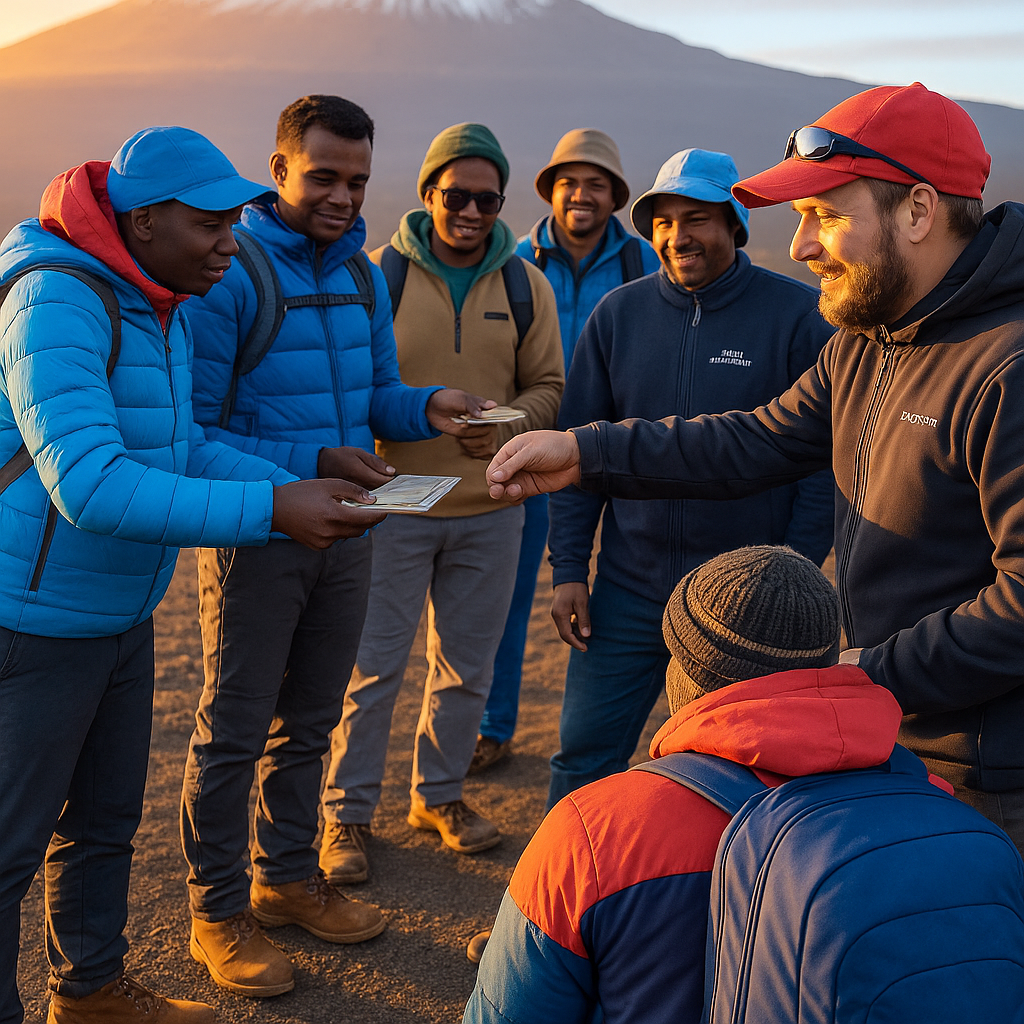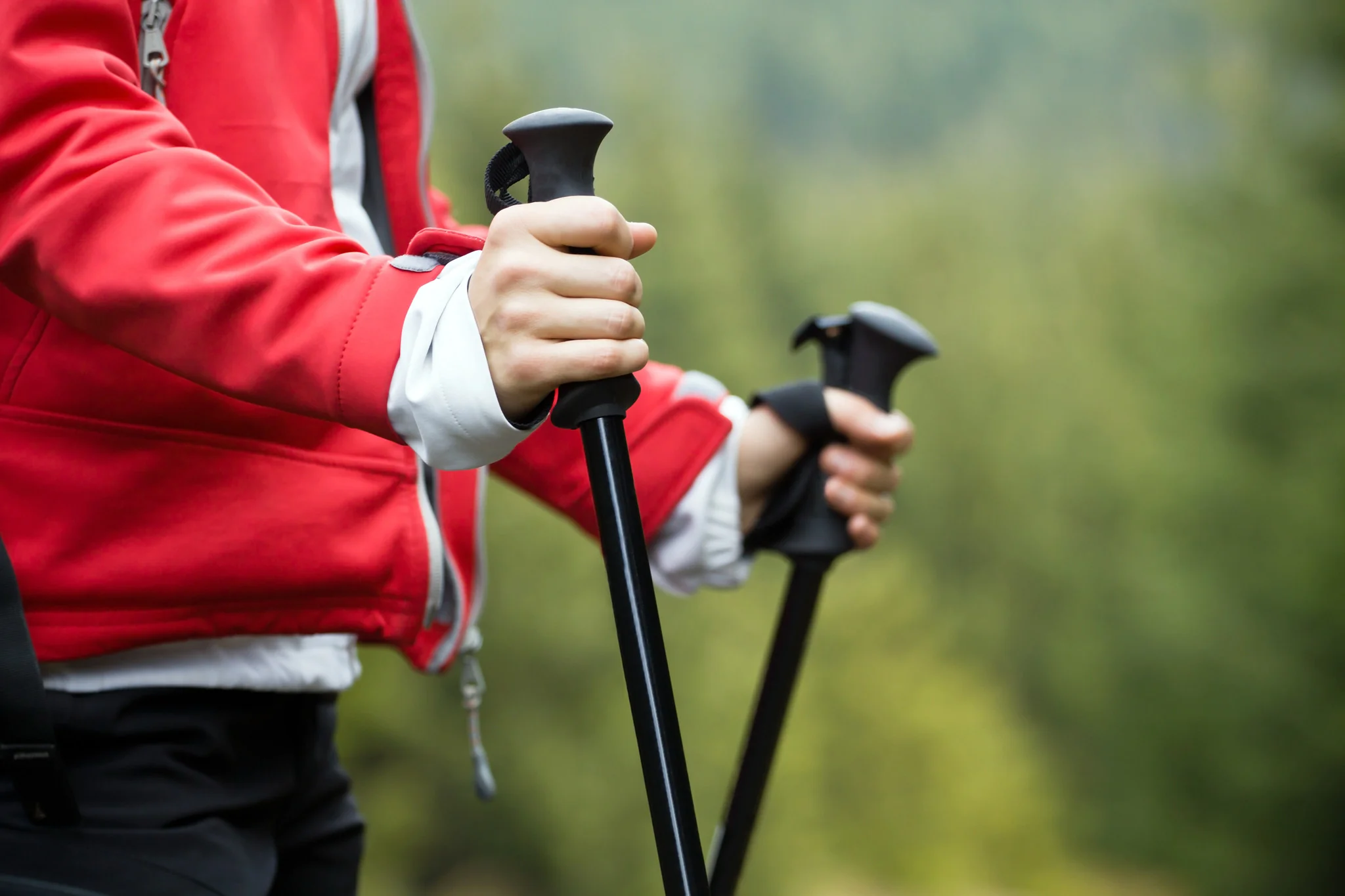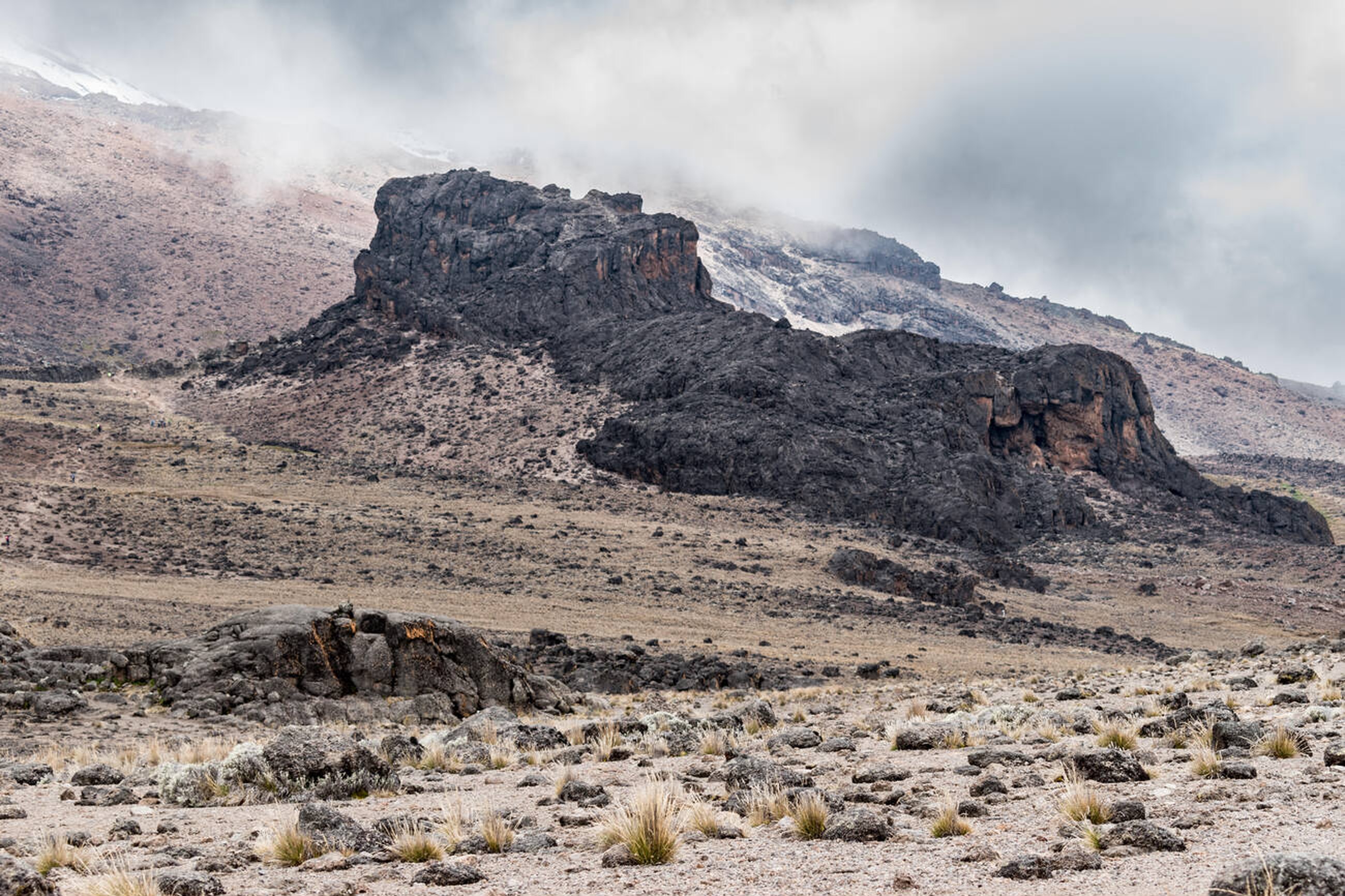Why Acclimatization Matters on Kilimanjaro
Mount Kilimanjaro (5,895m/19,341ft), Africa’s highest peak, poses significant altitude challenges, with over 50% of climbers experiencing Acute Mountain Sickness (AMS) and only 65% reaching the summit due to altitude-related issues. Effective acclimatization—adapting to decreasing oxygen levels—is critical for a safe, successful climb to Uhuru Peak. Kilisherpas Travel, with a 95%+ summit success rate across 20,000+ ascents since 2021, shares proven strategies to maximize your acclimatization and summit chances in 2025.
Understanding Altitude Challenges on Kilimanjaro
At 5,895m, oxygen levels are ~50% of sea level, causing AMS symptoms like headaches, nausea, dizziness, and fatigue. Summit night, involving a 1,245m (4,084ft) ascent from Barafu Camp (4,673m) or Kibo Huts (4,700m) to Uhuru Peak, is particularly demanding due to low oxygen and cold (-10°C to -20°C). Proper acclimatization reduces AMS risks and boosts endurance.
Top Acclimatization Strategies for Kilimanjaro
1. Choose a Longer Route
- Why: Longer routes (7–9 days) allow gradual altitude gain, giving your body time to adapt. Short routes (5–6 days) rush acclimatization, increasing AMS risk.
- Best Routes:
- Lemosho (8 days): Gradual ascent through diverse climate zones (see Climate Zones).
- Northern Circuit (9 days): Longest, least crowded, with extended time at mid-altitudes.
- Machame (7 days): Scenic, with extra acclimatization day at Karanga Camp.
- Impact: Longer routes improve summit success by 10–20% (Kilisherpas data).
- Kilisherpas Tip: Avoid 5-day Marangu routes unless highly experienced; opt for 8-day Lemosho for best results.
2. Walk “Pole Pole” (Slowly, Slowly)
- Why: Slow pacing conserves energy, reduces oxygen demand, and aids acclimatization. Rushing increases heart rate and AMS risk.
- How: Follow your guide’s “pole pole” rhythm, taking small, steady steps. Aim for a pace where you can talk without gasping.
- Kilisherpas Tip: Our WFR-certified guides (1:2 ratio) enforce slow pacing, especially on summit night to Stella Point or Gilman’s Point (see Stella Point, Gilman’s Point).
3. Incorporate Acclimatization Days
- Why: Rest days at mid-altitudes (3,000–4,000m) allow your body to produce more red blood cells to carry oxygen.
- How: Routes like Lemosho and Northern Circuit include “climb high, sleep low” days, where you hike to a higher altitude (e.g., Lava Tower, 4,600m) and descend to sleep (e.g., 3,900m).
- Example: On Lemosho, day 3 involves hiking to Lava Tower and descending to Barranco Camp for better adaptation.
- Kilisherpas Tip: Use acclimatization days for light hikes to stay active without overexertion.
4. Stay Hydrated
- Why: Dehydration worsens AMS and fatigue, as dry air and exertion increase fluid loss at high altitudes.
- How: Drink 3–4L of water daily, starting from day 1. Add electrolyte powders to enhance hydration and replace salts lost through sweat.
- Kilisherpas Tip: Our porters provide boiled, filtered water; carry a 3L hydration system (Packing List).
5. Eat High-Calorie Meals
- Why: Altitude suppresses appetite, but your body burns 4,000–6,000 calories daily on Kilimanjaro. Adequate nutrition supports energy and acclimatization.
- How: Eat carb-rich, high-calorie meals (e.g., pasta, rice, porridge) and bring familiar snacks (energy bars, chocolate) to combat appetite loss.
- Kilisherpas Tip: Our chefs offer hygienic, tailored meals (Food Menu), with vegetarian/gluten-free options.
6. Consider Diamox (Acetazolamide)
- Why: Diamox, a prescription medication, speeds acclimatization by increasing breathing rate to improve oxygen uptake.
- How: Consult your doctor for a 125–250mg daily dose, starting 1–2 days before the climb. Test for side effects (tingling, frequent urination) pre-trip.
- Note: Diamox is not a substitute for slow pacing or longer routes.
- Kilisherpas Tip: Inform our guides if using Diamox for tailored health monitoring.
7. Train for Altitude
- Why: Pre-trip altitude exposure improves your body’s oxygen efficiency.
- How:
- Hike at high elevations (2,000m+) if possible.
- Use altitude simulation (e.g., hypoxic tents) or train with breath-holding exercises.
- Practice cardio (running, cycling) and strength (squats, lunges) for 3–4 months (see Training Guide).
- Kilisherpas Tip: Climb Mount Meru (4,565m) pre-Kilimanjaro for real-world altitude prep (see Post-Kilimanjaro Activities).
8. Monitor Health and Communicate
- Why: Early detection of AMS symptoms (headache, nausea, dizziness) prevents severe issues like HACE or HAPE.
- How: Report symptoms to guides immediately. Kilisherpas Travel conducts twice-daily health checks using pulse oximeters and Lake Louise Scoring.
- Kilisherpas Tip: Our WFR-certified guides carry oxygen and evacuation gear, ensuring rapid response if AMS worsens.
9. Sleep Well
- Why: Quality sleep aids recovery and acclimatization, but altitude can disrupt rest.
- How:
- Use a warm sleeping bag (-18°C rated) and quality mat (Packing List).
- Practice camping pre-trip if new to tents (Marangu Route offers huts).
- Avoid caffeine/alcohol, which impair sleep.
- Kilisherpas Tip: Our camps provide comfortable setups to maximize rest.
10. Maintain a Positive Mindset
- Why: Mental resilience combats the emotional toll of long, cold summit nights (see Climbing Difficulty).
- How: Focus on your “why” (personal motivation), visualize success, and lean on group camaraderie.
- Kilisherpas Tip: Our guides foster positivity with encouragement and Chagga cultural insights.
Summit Night: The Ultimate Test
Summit night (12–14 hours) from Barafu Camp or Kibo Huts to Uhuru Peak (via Stella or Gilman’s Point) is the hardest part, with a 1,245m ascent and 2,095m descent in low oxygen. Acclimatization strategies above—slow pacing, hydration, and longer routes—reduce its intensity.
Why Climb with Kilisherpas Travel?
- Acclimatization-Focused Routes: 8-day Lemosho or 9-day Northern Circuit for optimal adaptation.
- Safety: Twice-daily health checks, oxygen, stretchers, and helicopter evacuation partnerships.
- Expert Guides: WFR-certified, 1:2 ratio, trained in AMS management.
- Ethical Practices: KPAP-compliant, supporting porters and communities.
Ready to Summit Kilimanjaro?
Effective acclimatization turns Kilimanjaro’s challenges into triumphs. With Kilisherpas Travel’s expertise, you’ll reach Uhuru Peak safely. Book your 2025 climb or explore our hiking tours.


